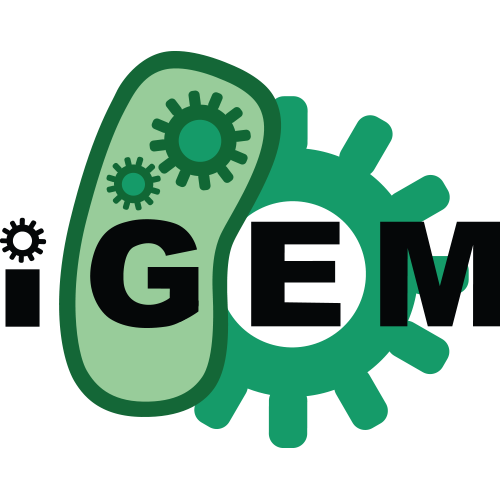Public
Cryptococcus neoformans Database in Synthetic Biology Open Language
version 1
This is a collection of Biological Genetic Parts of Cryptococcus neoformans containing 23 different promoters, coding sequences and terminators, which were previously used and whose efficacy has already been proven in this organism. This work was made in order to facilitate the build and assembly of genetic circuits and plasmids for the study of this pathogen.
Public

Bacillus subtilis Collection
version 1
This collection includes information about promoters, operators, CDSs and proteins from Bacillus subtilis. Functional interactions such as transcriptional activation and repression, protein production and various protein-protein interactions are also included.
Public

iGEM Parts Registry
version 1
The iGEM Registry is a growing collection of genetic parts that can be mixed and matched to build synthetic biology devices and systems. As part of the synthetic biology community's efforts to make biology easier to engineer, it provides a source of genetic parts to iGEM teams and academic labs.
Public
Free Genes Feature Libraries
version 1
A collection of Free Genes feature libraries for use with Synthetic Biology Curation Tools (SYNBICT).
Public
Public

Devices from the iGEM 2016 interlab
version 1
This is a collection of devices that were used in the 2016 iGEM interlab study
Public
iGEM Feature Libraries
version 1
A collection of iGEM feature libraries for use with Synthetic Biology Curation Tools (SYNBICT).
Public
Public
Public
Public
SEGA
version 1
In the Standardized Genome Architecture (SEGA), genomic integration of DNA fragments is enabled by λ-Red recombineering and so-called landing pads that are a common concept in synthetic biology and typically contain features that i) enable insertion of additional genetic elements and ii) provide well-characterized functional parts such as promoters and genes, and iii) provides insulation against genome context-dependent effects. The SEGA landing pads allow for reusable homology regions and time-efficient construction of parallel genetic designs with a minimal number of reagents and handling steps. SEGA bricks, typically synthetic DNA or PCR fragments, are integrated on the genome simply by combining the two reagents (i.e. competent cells and DNA), followed by incubation steps, and successful recombinants are identified by visual inspection on agar plates. The design of the SEGA standard was heavily influenced by the Standard European Vector Architecture (SEVA). SEGA landing pads typically hosts two major genetic “control elements” that influence gene expression on the transcriptional (C1), and translational (C2) level. Furthermore, landing pads contain gadgets such as selection and counterselection markers.
Public
Intein_assisted_Bisection_Mapping
version 1
Split inteins are powerful tools for seamless ligation of synthetic split proteins. Yet, their use remains limited because the already intricate split site identification problem is often complicated by the requirement of extein junction sequences. To address this, we augmented a mini-Mu transposon-based screening approach and devised the intein-assisted bisection mapping (IBM) method. IBM robustly revealed clusters of split sites on five proteins, converting them into AND or NAND logic gates. We further showed that the use of inteins expands functional sequence space for splitting a protein. We also demonstrated the utility of our approach over rational inference of split sites from secondary structure alignment of homologous proteins. Furthermore, the intein inserted at an identified site could be engineered by the transposon again to become partially chemically inducible, and to some extent enabled post-translational tuning on host protein function. Our work offers a generalizable and systematic route towards creating split protein-intein fusions and conditional inteins for protein activity control.
Public
Public
SBOL Compliant Software
version 1
A collection of software that supports the Synthetic Biology Open Language (SBOL) standard
Public
SynBioHub
SynBioHub is a design repository for people designing biological constructs. It enables DNA and protein designs to be uploaded, then provides a shareable link to allow others to view them. SynBioHub also facilitates searching for information about existing useful parts and designs by combining data from a variety of sources.